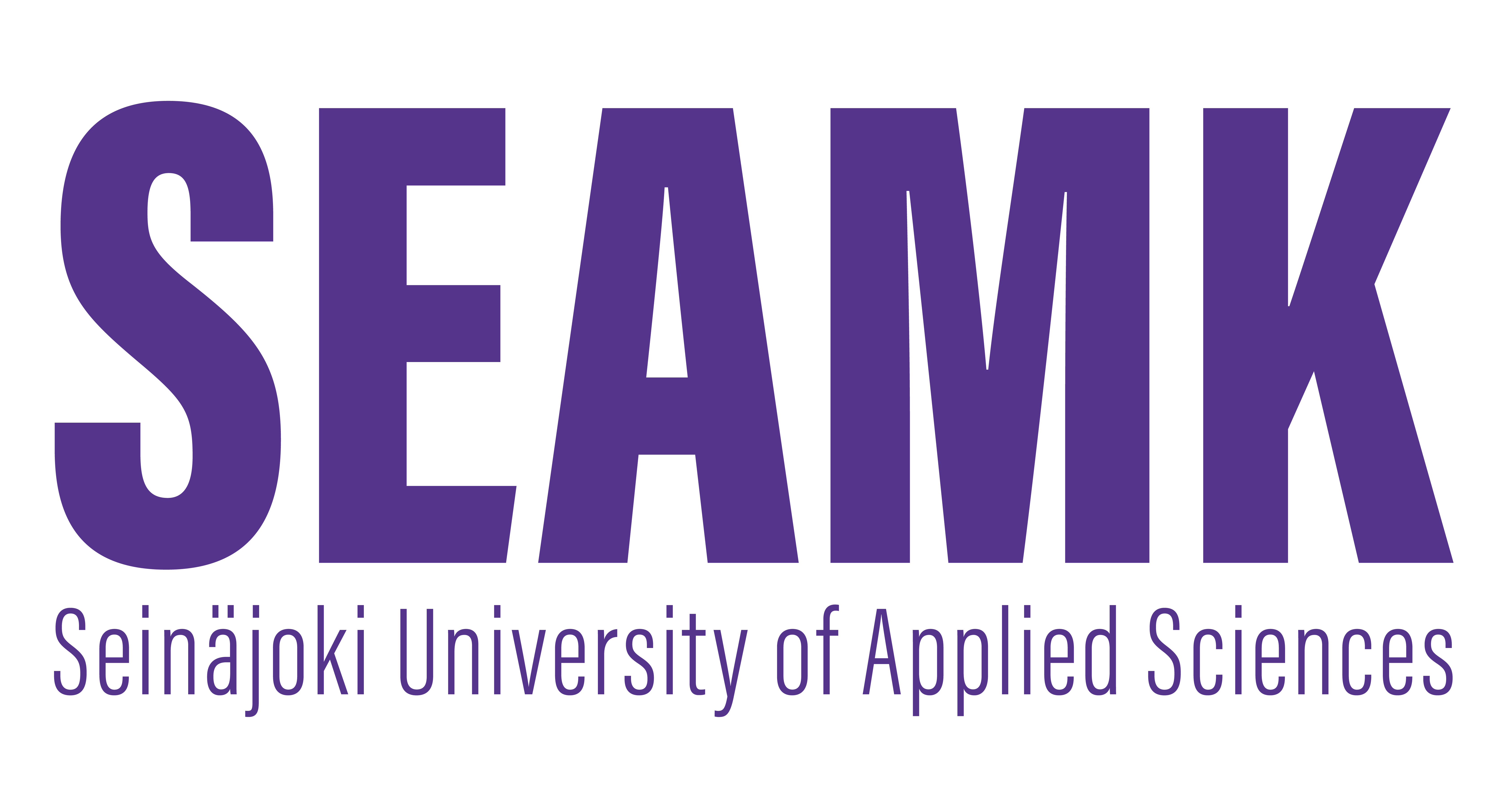Media Education and Multiliteracies (5cr)
Code: KD18BKPM02-3002
General information
- Enrollment
- 02.12.2017 - 31.12.2017
- Registration for the implementation has ended.
- Timing
- 01.01.2018 - 19.03.2018
- Implementation has ended.
- Number of ECTS credits allocated
- 5 cr
- Local portion
- 3 cr
- Virtual portion
- 2 cr
- Mode of delivery
- Blended learning
- Teaching languages
- Finnish
- Degree programmes
- Bachelor of Business Administration, Library and Information Services
- Teachers
- Sari Mäkinen-Laitila
- Course
- KD18BKPM02
Objective
Having completed the course the student is able to explain what multiliteracies mean. S(h)e is able to distinguish between literacies and analyze the role of media education from the promoting literacies point of view. The student is able to present the importance of different kinds of literacies in learning. The student is able to justife the importance of co-operation between the school and the library. Students are able to recognize the importance of media education and multiliteracy as part of their sustainability skills.
Content
- Multiliteracies
- The role of media education from the multiliteracies point of view
- Multiliteracies and the Basic Education Curriculum Reform 2016
- The meaning of informal learning in promoting literacies
- The role of the library in promoting literacies
- examples of library's media education
Materials
Kirjastojen mediakasvatussuunnitelmat,
kirjaston ja koulun yhteistyösuunnitelmat
Kupiainen, R, Kulju, P., Mäkinen, M. (2015). Mikä monilukutaito? http://urn.fi/URN:NBN:fi:uta-201509292320
Mediakasvatus kirjastossa (2009). Seppo Verho, toim. Helsinki: BTJ Finland Oy.
Mediakasvatus yleisissä kirjastoissa: suosituksia ja suuntaviivoja http://suomenkirjastoseura.fi/files/Mediakasvatus/mediakasvatus_koko%20julkaisu%20netiss%2024%202%202014.pdf
Merilampi, Ritva-Sini (2014). Mediakasvatuksen perusteet. Helsinki: Avain.
OPS 2016 http://www.oph.fi/ops2016/perusteet
Teaching methods
Opintojakson lähiopetus sisältää teoriaopetusta, vierailevia asiantuntijaluentoja ja ryhmätyöskentelyä. Itsenäisesti tehdään kirjallisia tehtäviä. Opintojaksossa hyödynnetään tutkivan oppimisen menetelmiä. Opiskelijat tutustuvat mediakasvatuksen materiaaleihin ja suunnitelmiin sekä perusopetuksen uuden opetussuunnitelman perusteisiin. Monilukutaidon osa-alueita opiskellaan myös itse tuottamalla ja arvioimalla materiaalia.
Employer connections
Opintojakso ei sisällä harjoittelua.
Exam schedules
Ei tenttiä.
Student workload
Lähiopetusta 33 h
Ryhmätyöskentelyä ja itsenäistä työtä 97 h
Assessment criteria, satisfactory (1)
1 to 2 = The student understands the importance of multiliteracies and media education for library work and for cooperation between libraries and schools. They know the basics of multiliteracies and the fundamentals of media education.
Assessment criteria, good (3)
3 to 4 = The student understands well the content, different areas and the importance of multiliteracies. They know well the methods of media education and are able to give examples of their utilization in library environment and in cooperation between libraries and schools. The student understands the connection between phenomenon-based learning and multiliteracies.
Assessment criteria, excellent (5)
5 = The student has an excellent understanding of the content, different areas and the importance of multiliteracies. The student is able to analyze the importance of media education in the promotion of multiliteracies. They know the share of multiliteracies in the curriculum of basic education and understands the relation between phenomenon-based learning and multiliteracies. The student is able to give reasons why cooperation between libraries and schools is important and to present and plan different forms of cooperation aimed at promoting multiliteracies.
Qualifications
No prerequisites.
